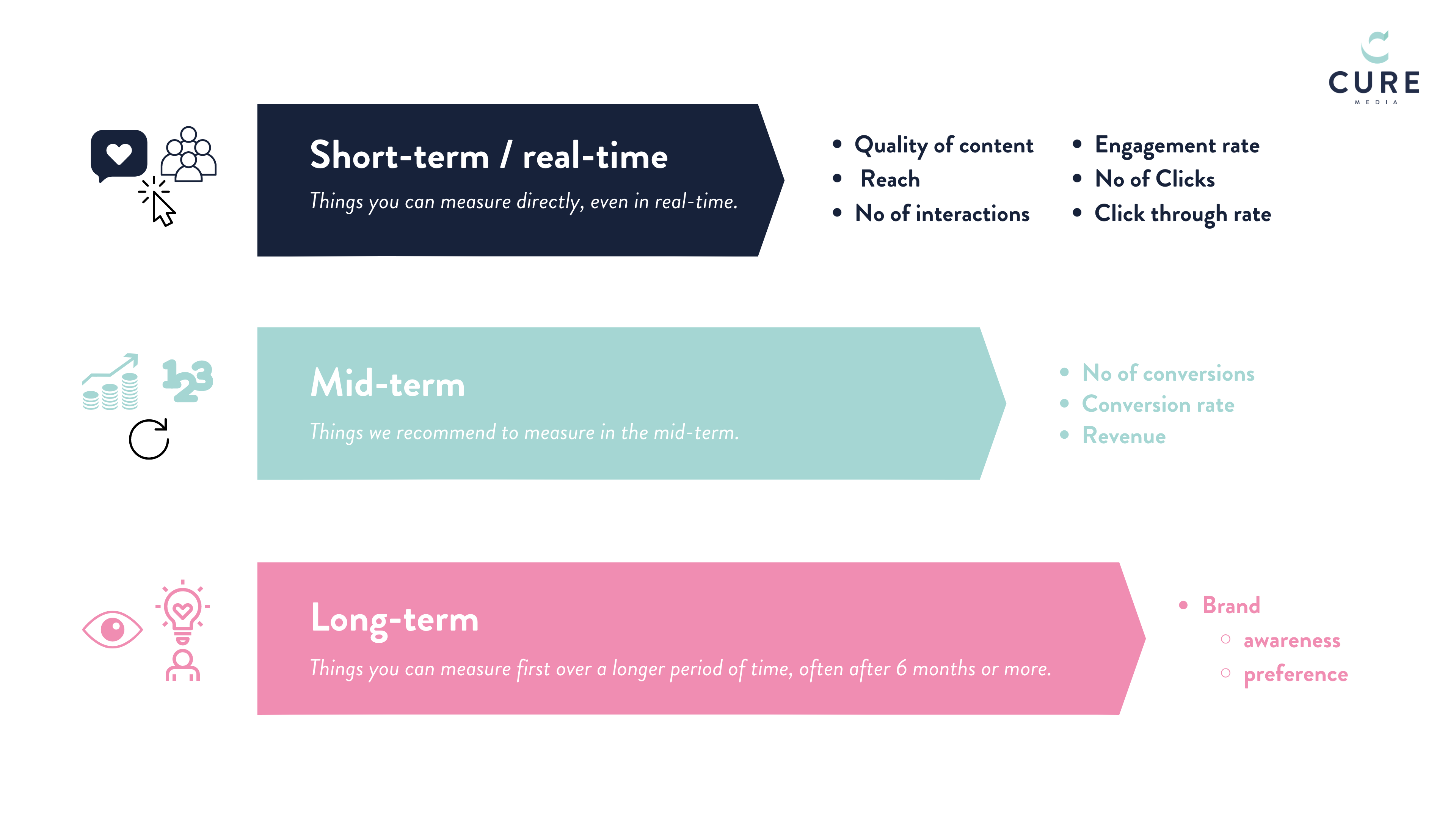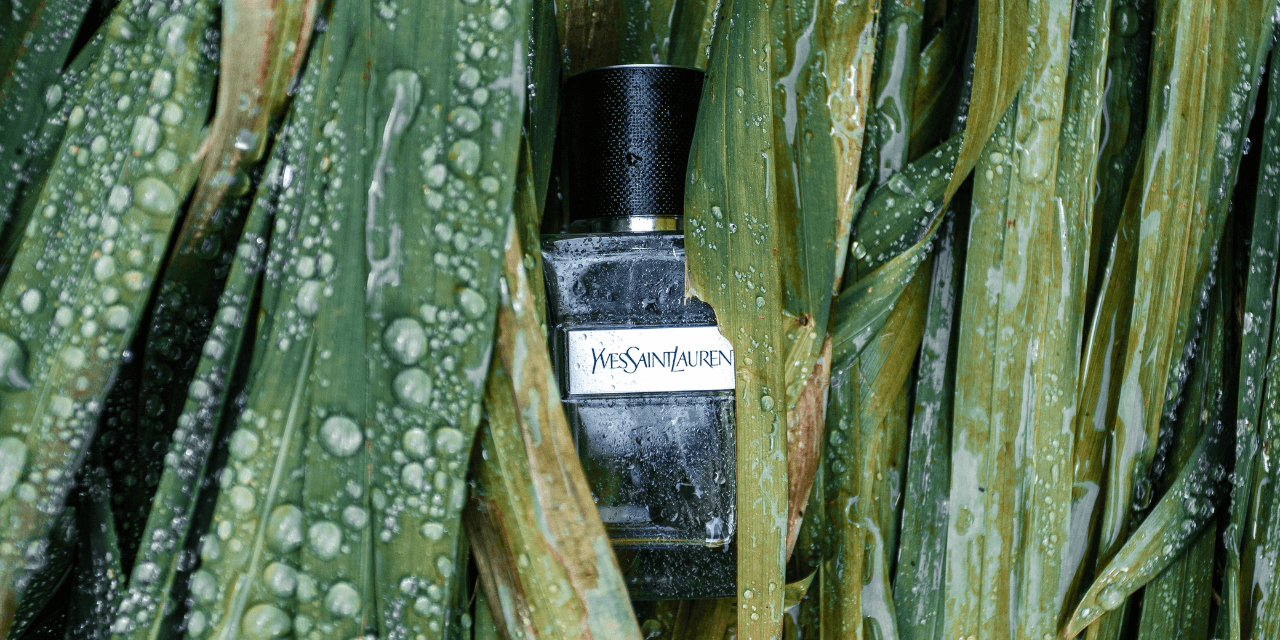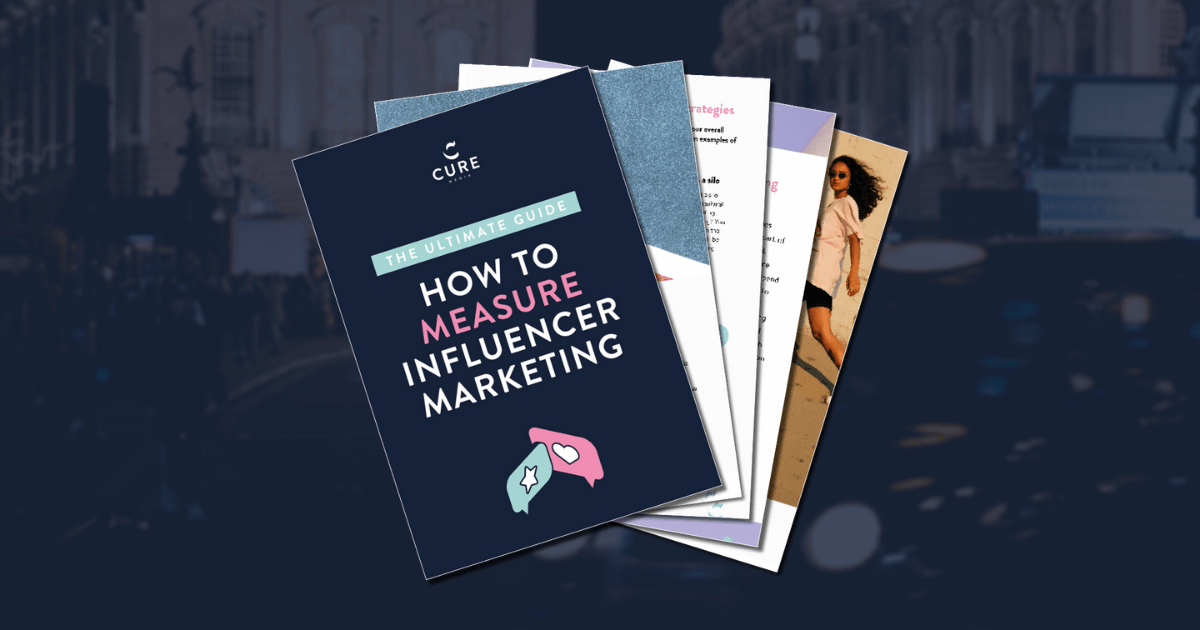A common challenge associated with measuring ROI on influencer marketing is that there are a huge number of KPIs to look at. The risk here is that you choose a number of metrics and then stare at them blankly, instead of looking at the bigger picture of your investment. Also, the total effect is not always visible immediately, and you may need to connect several different pieces of the puzzle from different channels to get a more complete answer. Also, you need to work with some KPIs over a longer period of time in order to see results.
In this article, we’ll go through some of the most common KPIs for measuring ROI on influencer marketing and what they mean on an overall level.
Reach
The reach shows how many people have been exposed to your message, or in this case, to an influencer’s post. Here it’s important to distinguish between potential reach and actual reach. Potential reach is the total number of followers that a certain influencer has – that is, as many people as you have the opportunity to reach, in theory. Actual reach is as many people as you reach in practice – that is, the percentage of the influencer’s followers who actually see the post. For various reasons, such as how the algorithms of the various platforms work, we don’t always see every post even if we follow a certain person. In general, it can be said that influencers with smaller numbers of followers, such as micro- and midsize followers, have a higher actual reach compared to larger influencers with more followers.
Quality of the content
The quality of the content, i.e. the content that influencers create linked to your brand, is a softer KPI to keep track of. It’s especially important if one of the goals of your influencer marketing investment is to generate content, for example, for your own organic channels or for you to use as part of your paid social strategy. To be able to evaluate the quality, it’s important that you know from the beginning what type of content you want and what you’re going to use it for. For example, is it important that the content matches the brand’s own brand identity, and is there any particular feeling you want it to convey?
This type of information is important to include from the beginning of the briefing stage. Preferably with the help of a mood board that shows example images and clearly explains what you, together with the influencers, want to achieve. However, it’s important not to be too controlling, but rather to let the influencers be the creators and do what they’re best at – creating relevant content that engages and appeals to their followers.
Engagement
This KPI measures the level of engagement between an influencer and his/her followers. It can give you a good idea of how people view your brand and the collaboration.
Some common examples of engagement, or interactions, are:
- Likes
- Shares
- Comments
- Brand mentions
- Reactions
- Clicks
You can calculate the engagement level of a post by dividing the number of interactions on the post by the number of followers and then multiplying by 100. As with actual reach, the level of engagement is generally higher for smaller influencers, as they often have a closer bond with their followers, which in turn creates a higher level of interaction. When measuring engagement, it’s also important to keep a check on your cost per engagement (CPE).

Click-through rate
In addition to measuring the level of engagement, it’s important to keep track of the click-through rate and the cost-per-click. The clickthrough rate tells you how many in the target group actually click through from the influencer collaboration into your brand, and how effectively this takes place from a cost perspective. You can calculate the clickthrough rate of a post by dividing the number of clicks by the total reach of the post and then multiplying by 100.
Sales and conversions
For a lot of marketers, this key figure is the main KPI for measuring their influencer marketing. Because just like with all marketing, everything is ultimately about generating results and increasing sales, either directly or in the slightly longer term.
You can measure direct sales and conversion in several different ways, and here it’s important to keep track of how the different channels interact and how you can identify the total result. You can make use of unique links and discount codes, for example. To learn more about how you can keep track of sales generated through influencer marketing, we recommend you to read this blog post: “How do I differentiate the effect of influencer marketing?“.
Brand effect
Finally, brand effect, just like sales, is an essential KPI for evaluating your influencer marketing efforts. As we all know, a stronger brand today leads to increased sales tomorrow.
Examples of standard factors to measure here are brand awareness and brand preference. In other words, how familiar people are with your brand or your product. Brand preference is more about how well-liked your brand is over similar alternatives, and that is a key to success in today’s competitive market.
The brand effect is generally more difficult to measure than the above-mentioned KPIs because it’s less easy to determine in specifics. To measure the effect on the brand, you need to look beyond so-called ‘vanity metrics’, i.e. metrics that you can see quickly on the surface, and dig deeper into how the results change over time. Are your brand mentions increasing, for example? Maybe searches for your brand on Google, or the followers on your company’s social media platforms, are growing?
To measure brand effect, we also recommend carrying out a brand survey, before you start working with influencer marketing, and again about 6 months into the campaign. With this type of survey, you can find out, for example, whether brand awareness and brand preference have increased in connection with you starting to work with influencer marketing.  Hopefully, this article helped to navigate among the most common KPIs for measuring the effect of influencer marketing. If you want to know more about how to measure influencer marketing, we recommend you to check out our guide on how to measure influencer marketing for concrete tips and examples on how to measure the impact of your influencer marketing investment – both by itself and in your other channels.
Hopefully, this article helped to navigate among the most common KPIs for measuring the effect of influencer marketing. If you want to know more about how to measure influencer marketing, we recommend you to check out our guide on how to measure influencer marketing for concrete tips and examples on how to measure the impact of your influencer marketing investment – both by itself and in your other channels.



